This book contains the papers presented in the Inverse Problems, Design and Optimization (IPDO) Symposium, held in Rio de Janeiro, Brazil, during March 17-19, 2004. The main objective of the IPDO Symposium was to bring together the three communities of researchers (inverse problems, design theory and optimization experts) and provide a common forum for presenting different applications, problems and solution concepts. The IPDO SYMPOSIUM also celebrated the 10th anniversary of the journal Inverse Problems in Engineering, which is now entitled Inverse Problems in Science and Engineering.
During the IPDO Symposium, three Keynote Lectures, six Invited Lectures, two Tutorial Sessions and 85 Oral Presentations were delivered. The symposium was closed with a round-table discussion on Synergism and Unifying Aspects of Inverse Methods, Design and Optimization Concepts. One hundred and sixteen participants, from five continents, enjoyed the Symposium in a friendly atmosphere provided by the Pestana Rio Atlântica Hotel on the beautiful Copacabana beach.
The IPDO Symposium was co-organized by Florida International University, Miami, Florida and COPPE, which is the graduate school of engineering of the Federal University of Rio de Janeiro. The Symposium was sponsored by the Taylor & Francis Publishing Group, National Science Foundation (NSF-USA) and by agencies from the Ministry of Science and Technology and from the Ministry of Education of the Brazilian government (CNPq and CAPES, respectively). We would like to express our gratitude to these sponsors, as well as to the members of the International Advisory Committee, for playing a fundamental role towards the success of the IPDO Symposium. Finally, we would like to thank the conference participants, and especially the invited speakers, for their outstanding presentations on fundamental and applied works, which made the IPDO Symposium a unique forum for useful and prolific technical debates and scientific interactions.
The next IPDO Symposium will be held in Miami, Florida, in 2007.
George S. Dulikravich, Ipdo chair
Helcio R. B. Orlande, Ipdo co-chair
Marcelo J. Colaço, Ipdo Organizing Committee
SUMÁRIO
FOREWORD
HEAT AND MASS TRANSFER
Determination of Thermal Conductivity in a Non-Linear Heat Conduction Problem without Interior Measurements – Sin Kim, Kyung Youn Kim, Min Chan Kim, Hyosung Cho and Bongsoo Lee
Estimation of the Transverse Coefficient of Thermal Expansion on Carbon Fibers at Very High Temperature – C. Pradère, J. C. Batsale, J. M. Goyhénèche R. Pailler and S. Dilhaire
Evaluation of Heat Transfer Coefficients along the Secondary Cooling Zones in the Continuous Casting of Steel Billets – Carlos A. Santos, Carlos R. F. Frick, Jaime A. Spim and Amauri Garcia
The Variation of the Metal/Mold Heat Transfer Coefficient along the Cross Section of Cylindrical Shaped Castings – Eduardo Netto de Souza, Noé Cheung, Carlos Alexandre dos Santos, Amauri Garcia
Potential Energy Function from Second Virial Data Using Sensitivity Analysis – N. H. T. Lemes, R. C. O. Sebastião, J. P. Braga
The Sequential Method Apply to Estimate the Convection Heat Transfer Coefficient – Celso Luiz Buiar, Luís Mauro Moura
Atmospheric Temperature Retrieval Using Non-Linear Hopfield Neural Network – Vanessa C. de Viterbo, João P. Braga, Élcio H. Shiguemori, José Demísio S. da Silva, Haroldo F. de Campos Velho
Inverse Heat Transfer Analysis in a Polymer Melt Flow within an Extrusion Die – M. Karkri, Y. Jarny and P. Mousseau
Simultaneous Estimation of the Spacewise and Timewise Variations of Mass and Heat Transfer Coefficients in Drying – Leonardo F. Saker, Helcio R. B. Orlande, Cheng-Hung Huang, Gligor H. Kanevce and Ljubica P. Kanevce
IMAGING AND INVERSE SCATTERING
Performance Analysis of Iterative Reconstruction Algorithms in Electrical Capacitance Tomography – Daniel Watzenig and Bernhard Brandstätter
Matching of Objects Nodal Points Improvement Using Optimization – Luísa F. Bastos and João Manuel R. S. Tavares
Stochastic Approach to Electric Process Tomography – Hanna Katriina Pikkarainen
Estimation of Phase Boundary by Front Points Method in Electrical Impedance Tomography – M.C. Kim, S. Kim, K.Y. Kim, K.H. Seo, H.J. Jeon, J.H. Kim and B.Y. Choi
Analysis of the Solution of the Elastic Light Scattering Inverse Problem for Polymeric Emulsions – Gloria L. Frontini and Elena M. Fernández Berdaguer
A Method to Build Images from Electrical Impedance Tomography Technique Based on Topology Optimization – Cícero Ribeiro de Lima and Emílio Carlos Nelli Silva
An Approach to Functional Brain Mapping Using an Inverse Solution Based on the Principal Component Transform – Malek Adjouadi, Mercedes Cabrerizo, Melvin Ayala and Kirenia Nunez
An Inverse Solution to 3-D Source Localization of Epileptic Foci Using an Integrated Multimodal Neuro-Imaging Approach – Malek Adjouadi, Natasa Mirkovic, Mercedes Cabrerizo and Melvin Ayala
POROUS MEDIA AND FLUID MECHANICS
The Determination of a Permeability Function from Core Measurements and Pressure Data – Daniel Lesnic
Inverse Problems in Magnetohydrodynamics: Theoretical and Experimental Aspects – Frank Stefani, Thomas Gundrum, Gunter Gerbeth, Uwe Günther and Mingtian Xu
An Efficient Inverse Method For Real-time Atmospheric Contamination Source Identification – A. Bagtzoglou and S. Baun
Identification of Reynolds Number Using Automatic Differentiation – Yuya Takahashi and Mutsuto Kawahara
Constrained Optimization of Aerodynamic Shapes Via Minimization of Total Drag – Sergey Peigin and Boris Epstein
Optimization Tools in the Analysis of Micro-Textured Lubricated Devices – Gustavo C. Buscaglia, Roberto F. Ausas and Mohammed Jai
SOLID MECHANICS AND ACOUSTICS
Topology Optimization of the Stents Cells Plane Model With Maximum Hardening and Flexibility – Tobias A. Guimarães, Marcus A. V. Duarte and Sônia A. G. Oliveira
Identification of Stationary Noise Sources Based on a Finite Element Enhanced Formulation – Rivânia Paulino de Romero and Fernando Alves Rochinha
Discrete – Continuous Optimization for Mechatronic System Design – Cassiano Bíscaro Pereira and Valder Steffen, Jr.
Measurement of Vibration Transmissibility for Continuous Systems – Maria Lúcia Machado Duarte and Juliano Amaral Fernandes
Inverse Procedure for Parameters Identification of Continuum Damage Models – Cecilia Iacono, Lambertus J. Sluys and Jan G. M. Van Mier
Interaction of Ultrasonic Waves and Imperfect Adhesion Layers: The Inverse Problem – Ricardo Leiderman, Paul E. Barbone and Arthur M. B. Braga
Topological Design of Structures Using Population-Based Optimisation Methods – Sujin Bureerat
Back Analysis of Electro-Levels Readings Installed in the Slab of UHE Machadinho Dam – Adriane Costa, João C. André and Márcio L. S. Goulart
An Efficient Procedure for Mechanical Characterization of Orthotropic Materials – Katia Genovese, Luciano Lamberti and Carmine Pappalettere
Buckling Optimization of Composite Plates Subjected to Uncertain Thermal and Nonuniform Mechanical Loadings – Alfredo R. de Faria and Sérgio F. M. de Almeida
Inverse Mode Shape Problem for Bars and Beams with Flexible Supports – G. K. Ananthasuresh
The Phisical and Mathematical Modelling of Plastic Deformation of Samples with Mushy Zone – Miroslaw Glowacki, Zbigniew Malinowski, Marcin Hojny, Dariusz Jedrzejczyk
Joint Treatment of AB Initio and Experimental Data on Vibrational Spectroscopy with Stable Numerical Methods: Database Approach – Gulnara M. Kuramshina
A Variational Approach for Solving an Inverse Vibration Problem – Leonardo Dagnino Chiwiacowsky; Haroldo Fraga de Campos Velho and Paolo Gasbarri
Parameter Estimation in Active Plate Structures Using Gradient Optimization and Neural Networks – A.L. Araújo, C.M. Mota Soares, J. Herskovits, P. Pedersen
Optimization of Slender Structures Considering Geometrical Imperfections – M. Baitsch and D. Hartmann
Structural Optimization of Steel Frames for Industrial Applications – Mathonet Vincent, Delhez Eric, Habraken A.-M., Tossings Patricia and Degée Hervé
Transducer Shape Optimization for Instability Control of Smart Piezolaminated Columns – Abhijit Mukherjee, Shailendra P. Joshi and Arup Saha Chaudhuri
Inverse Problem of Aircraft Structural Parameter Estimation: Application of Neural Networks – Pavel Trivailo, George S. Dulikravich, Daniel Sgarioto and Trenton Gilbert
Inverse Problem of Aircraft Structural Parameter Identification: Application of Genetic Algorithms Compared with Artificial Neural Networks – Pavel Trivailo, Trenton Gilbert, Ethan Glessich and Daniel Sgarioto
The Inverse Determination of Aerodynamic Loading from Structural Response Data Using Neural Networks – Cheril Carn and Pavel Trivailo


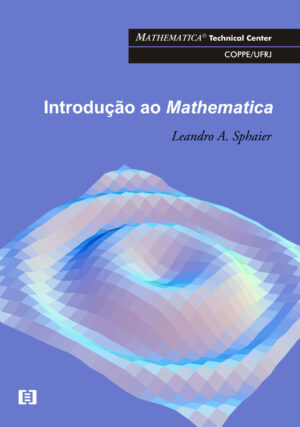
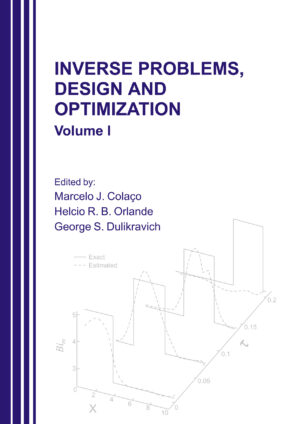
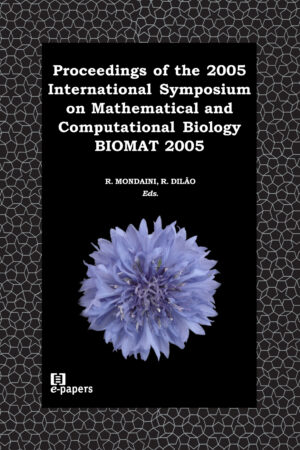
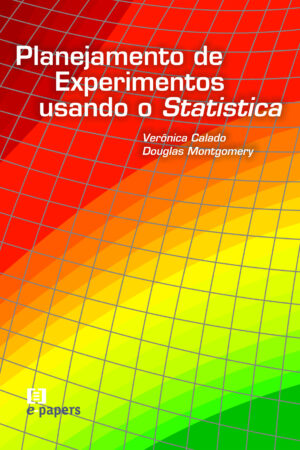

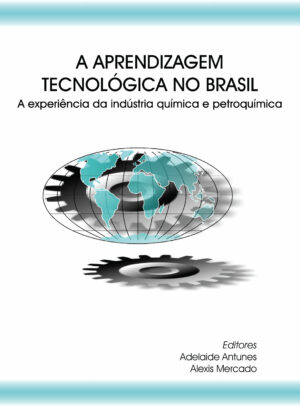


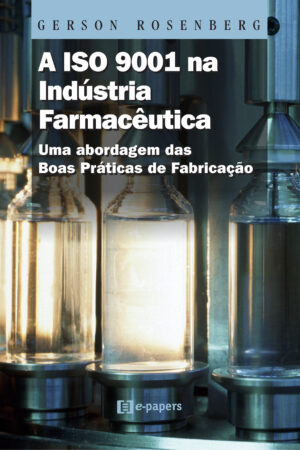

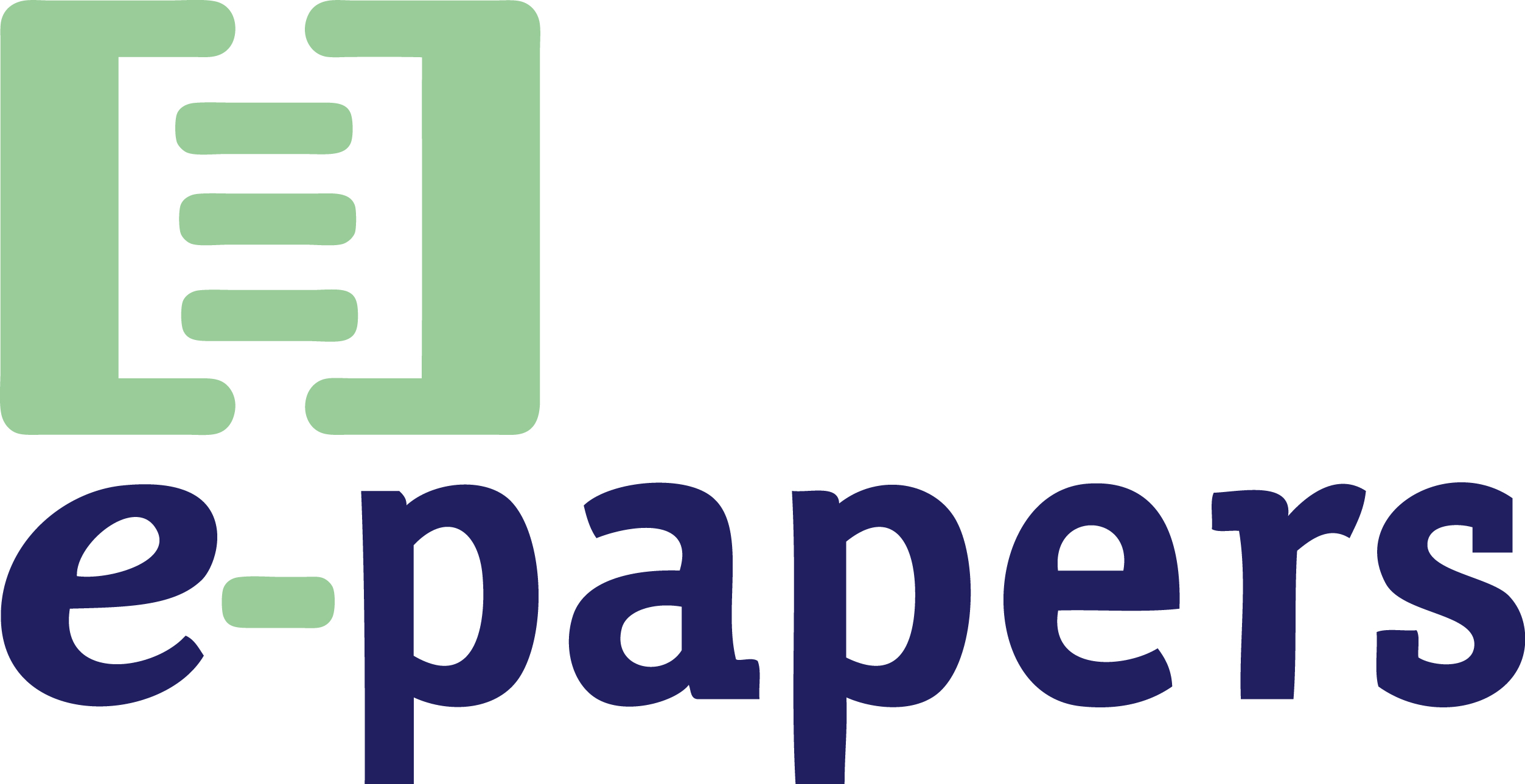
Avaliações
Não há comentários ainda.